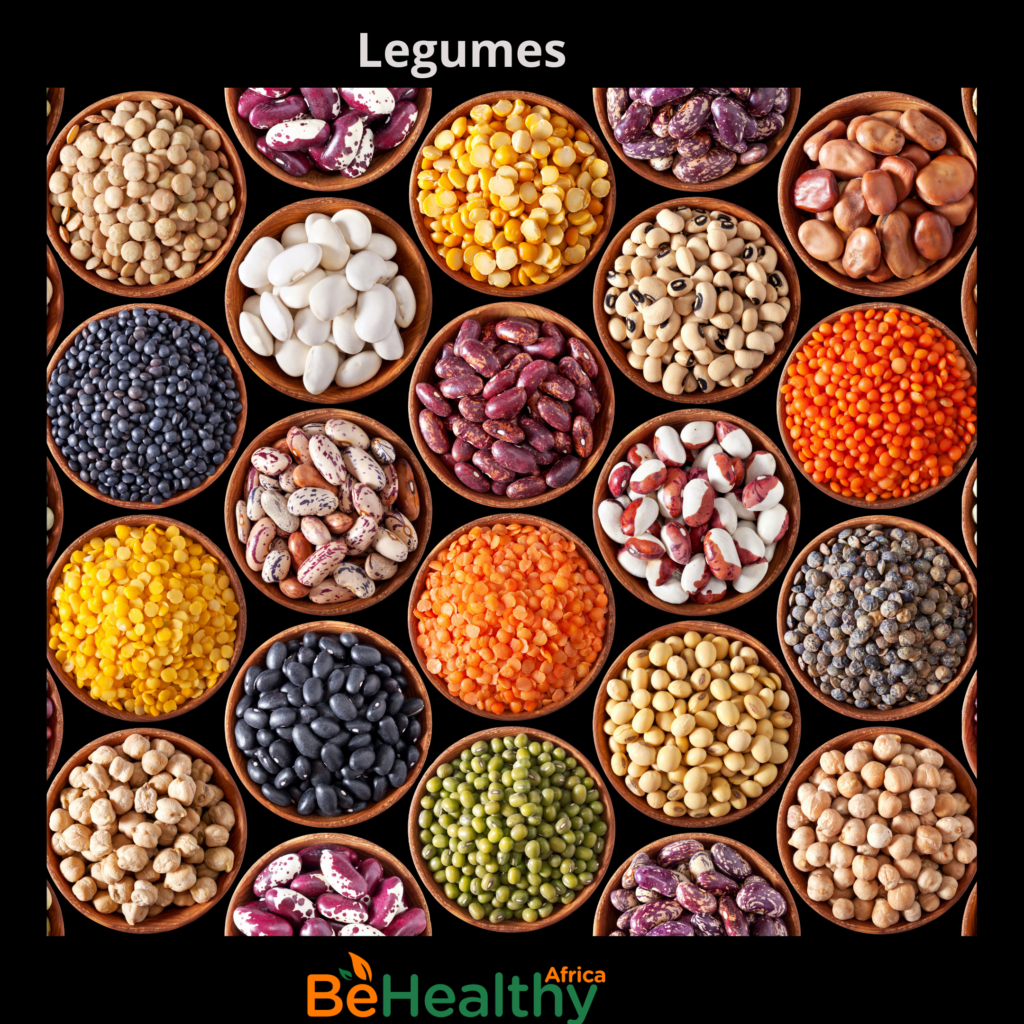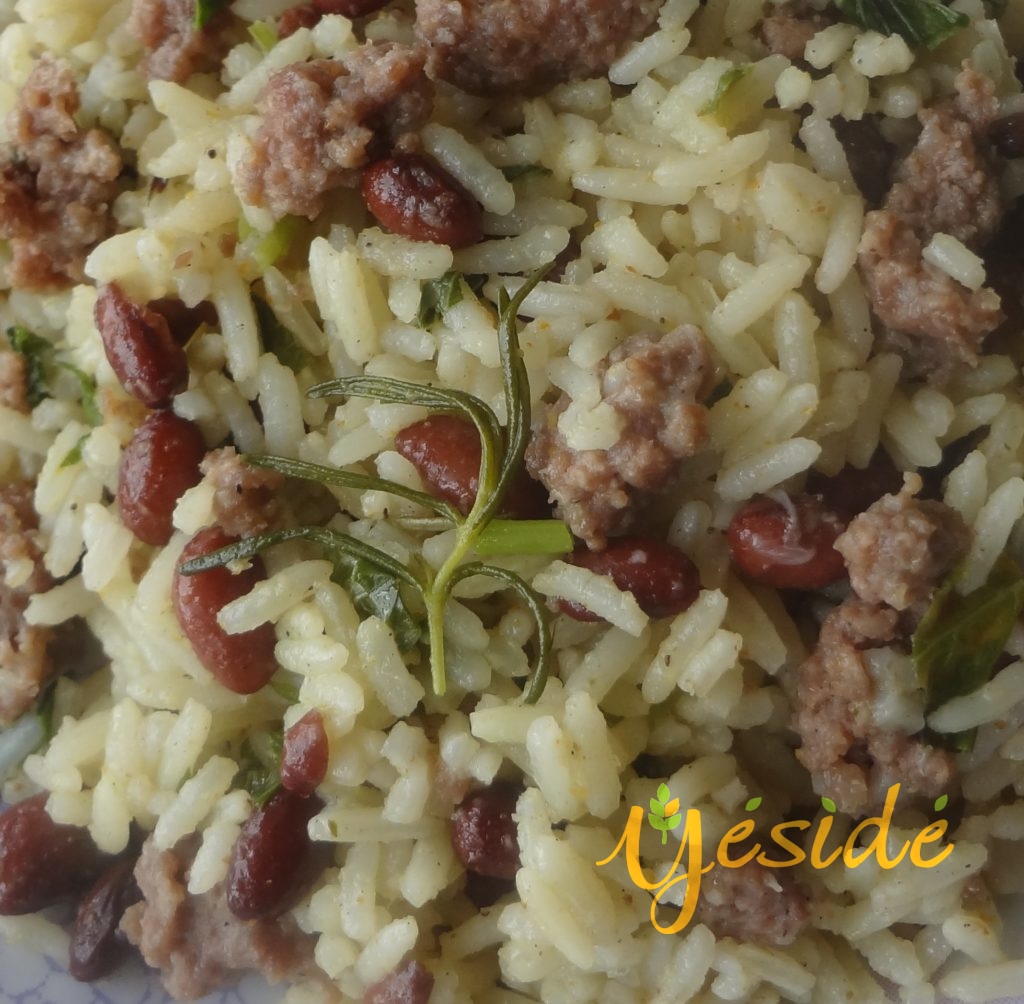
There are a lot of evidence-based reasons why you need to increase your intake of Legumes. Beans are categorized as part of the food group ‘legumes’. Because people may not be so familiar with the word ‘legume’ I am going to use beans and legumes interchangeably.
Legumes are fruits or seeds of plants from the Fabaceae family. They include peas, soybeans, cowpeas, dry beans, chick peas, peanuts, alfalfa and lentils.
Legumes are part of a healthy diet.
Here are some good evidence-based reasons why you need to increase legume/beans intake:

- Economical source of good quality protein
Animal protein, like beef and fish, is a source of great quality protein, however, they are expensive. Beans and other legumes provide a more affordable source of good quality protein. Of course, when compared to animal protein, legumes fall short but this can be remedied by combining legumes with grains to improve the protein quality. For example, eating rice and beans gives you better protein quality than just eating beans because rice contains amino acids methionine and cysteine that are deficient in beans while beans that has adequate lysine makes up for the deficiency in rice.

- Excellent source of fibre
If you need to increase your fibre content, eating more legumes would help you meet up quickly. Dry beans contain 70% carbohydrates of which 43-45% is starch, and is 16-20% fibre. Fibre in beans is one third soluble fibre and two thirds insoluble. Soluble fibre has beneficial metabolic effects, because it influences digestion and the absorption of glucose and lipids. Beans causes a low glycaemic response relative to other high carbohydrate-containing foods because of its high fibre content.

- Rich in minerals and B Vitamins
Beans is an excellent source of minerals such as calcium, iron, magnesium, potassium, zinc, phosphorus and copper. They also contain appreciable amounts of B vitamins such as thiamine, riboflavin, niacin, and folate. In one cup of cooked beans, you can get up to 44% of your recommended folate, 14-16% of thiamine and riboflavin. A study reported that beans is amongst the top classes of foods with high micronutrient to price ratio. Talk about value for your money.
- Reduce risk of cardiovascular diseases and other NCDs
Epidemiological studies have shown that eating legumes will significantly reduce risk of cardiovascular diseases which is one of the major causes of disability and death in Nigeria and the world. A study by Darmadi-Blackberry et al also reported that consuming 20g of legumes everyday can reduce risk of death by 8%.
- Contribute to addressing undernutrition and cardiovascular diseases in Nigeria
Undernutrition is a huge and yet expensive problem for us in Nigeria and Africa. Increasing daily consumption of legumes as part of a healthy diet can go a long way in helping to prevent malnutrition as well as help in reducing the risk of cardiovascular diseases. Just a half cup of beans will provide ample amount of fibre, protein, folate, iron, zinc, magnesium as well as B vitamins which are all necessary for growth and development.
Barriers to increase in legume intake
Length of preparation
Processing legumes can be time and fuel consuming. Solutions include preparing in batches and freezing, using tinned beans products, using processed bean products like beans flour.
Flatulence
Beans is one those foods that cause great discomfort to many. This is because of the fermentation of the prebiotic oligosaccharides in the colon that produces gas. However, when beans become a regular part of your diet, this flatulence reduces. Other ways to reduce this challenge is to soak the beans for a while before cooking.
Unfamiliarity
Apart from cowpea and soybeans, many people are not familiar with other types of legumes in Nigeria. Africa has a large variety of legumes. Next time you go to the market for dry food products, look out for the different varieties of beans and legumes.
Popular legumes in Nigeria and other African countries include cowpea, soybeans, common beans, pigeon pea, and chick peas.
Lesser known beans include Lima beans/butter beans, Adzuki beans, black beans, mung beans, African yam beans, pinto beans to mention a few.
Other economically important tropical legumes include groundnuts, Bambara groundnuts, faba beans, lentils, hyacinth beans.
Antinutrients
I should point out that legumes contain some inhibitors (alpha-amylase inhibitors, trypsin inhibitors, lectins) that would not allow you utilize the nutrients that you consume. However, when beans are well cooked, most, if not all, of the inhibitors are destroyed.
In A Nut Shell
Beans or legumes have a lot to offer you if you consume them every day.
How much Beans do you need to eat? All you need is half cup of cooked beans per day or at least 3 cups per week.
If consuming more beans will bring you health and help to maintain it, you should invest some time in ensuring that it is a part of your diet.
Don’t forget to eat better and live better.


